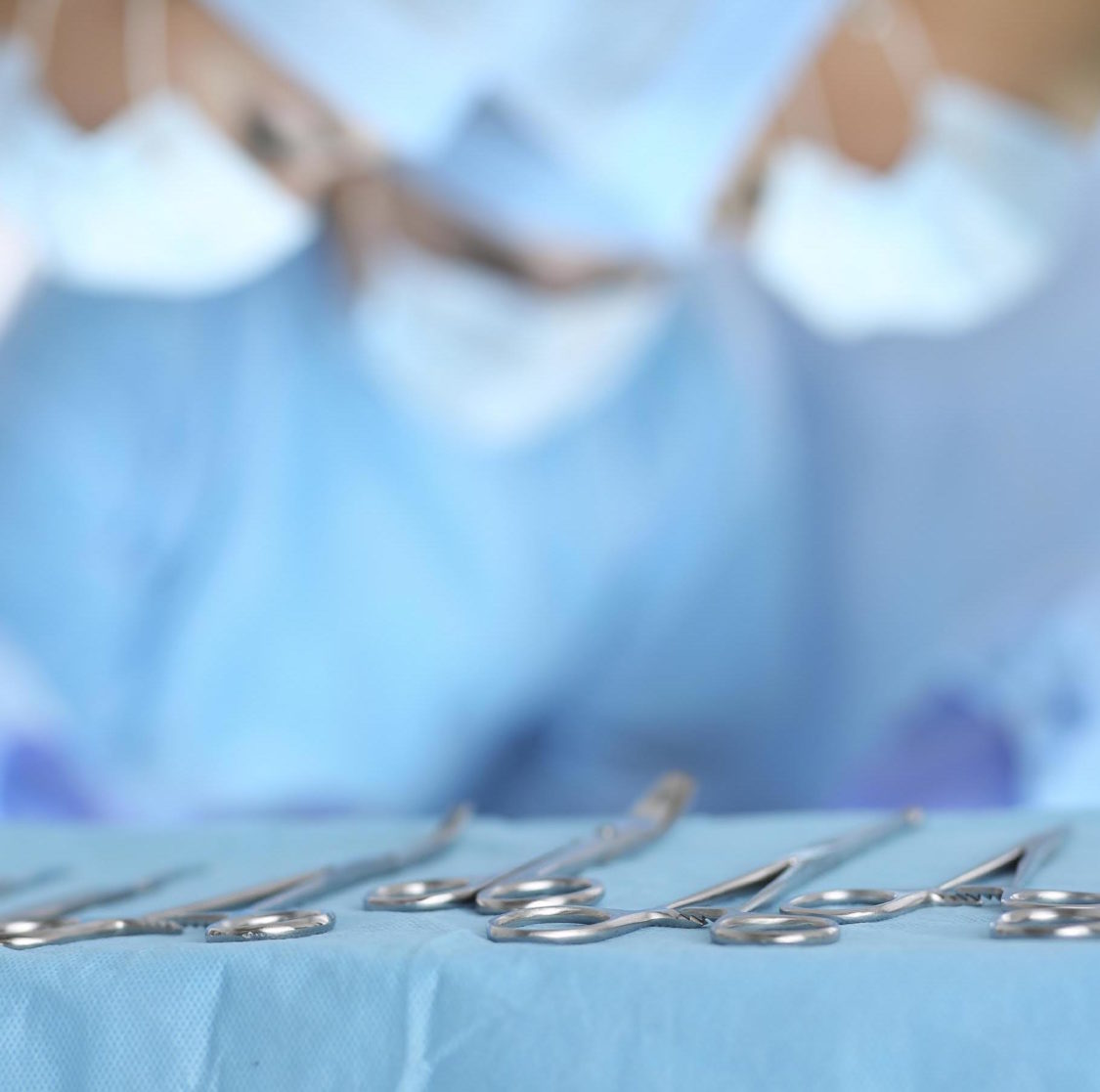What is minimally invasive surgery?
Minimally invasive surgery is the set of techniques and procedures related to surgery, anaesthesia and aftercare treatment that help reduce pain, inflammation, blood loss and complications for the patient during and after surgery.
The Maxillofacial Institute is a pioneer in techniques for minimally invasive orthognathic surgery, developed specifically for reducing surgery time, achieving greater precision and reducing post-surgery trauma. You can see the techniques designed and published by Dr. Federico Hernández Alfaro in numerous national and international journals specialised in maxillofacial surgery.
The principles of minimally invasive surgery at the Maxillofacial Institute








